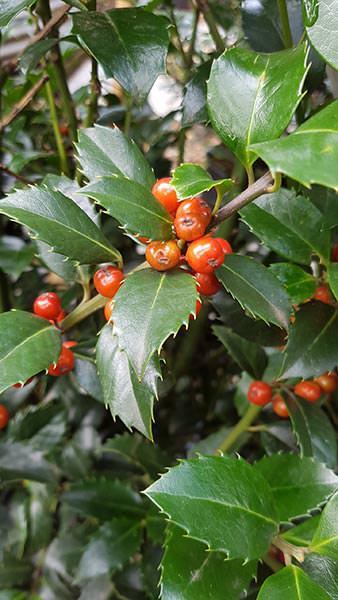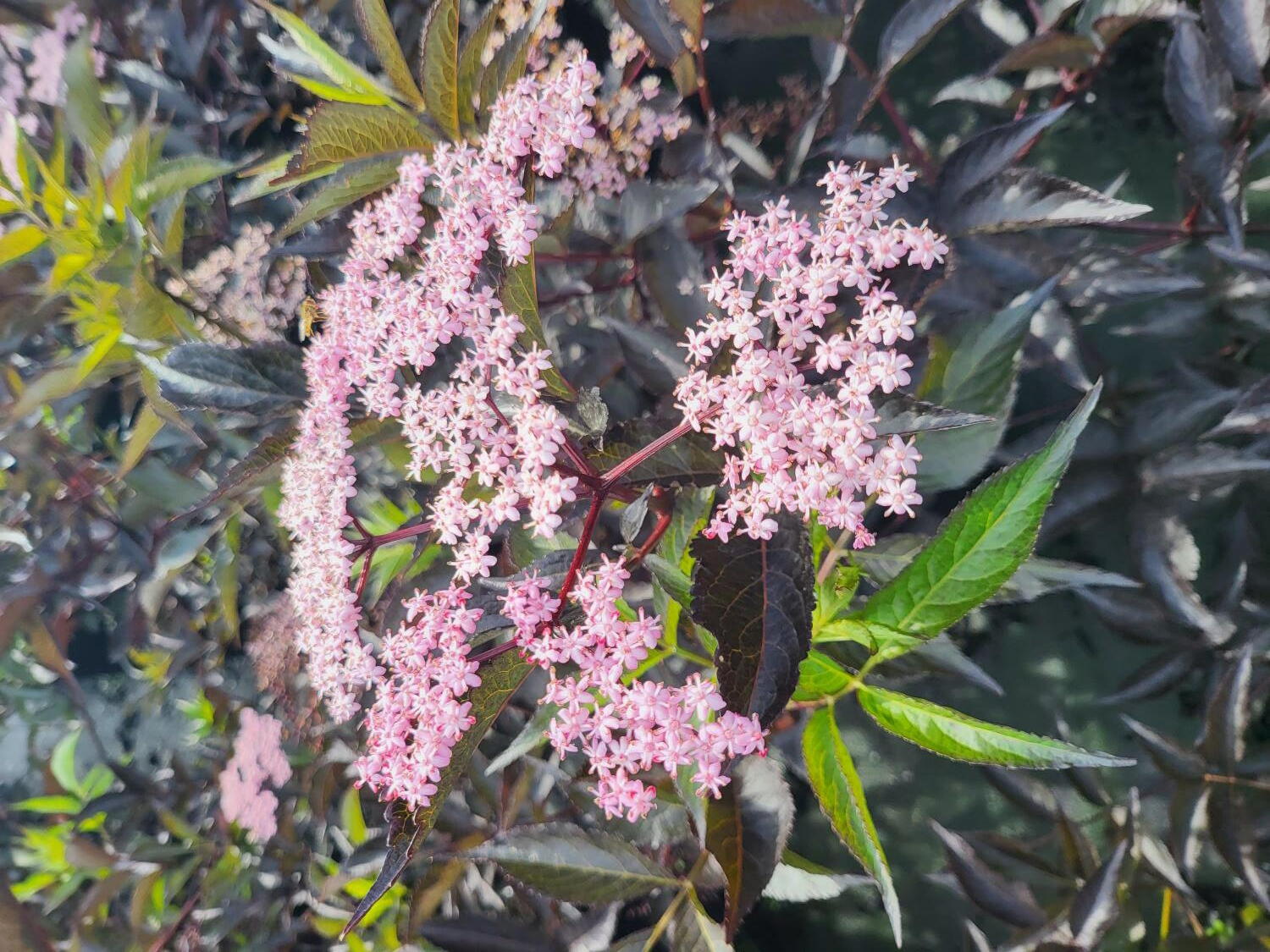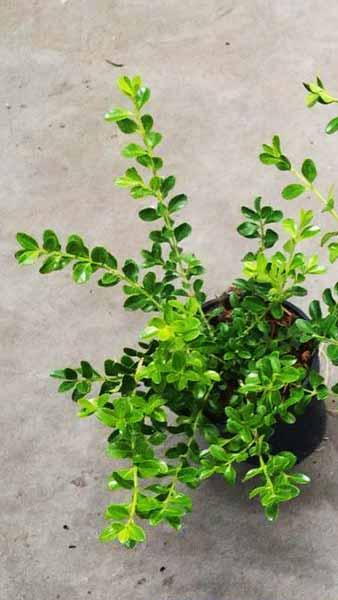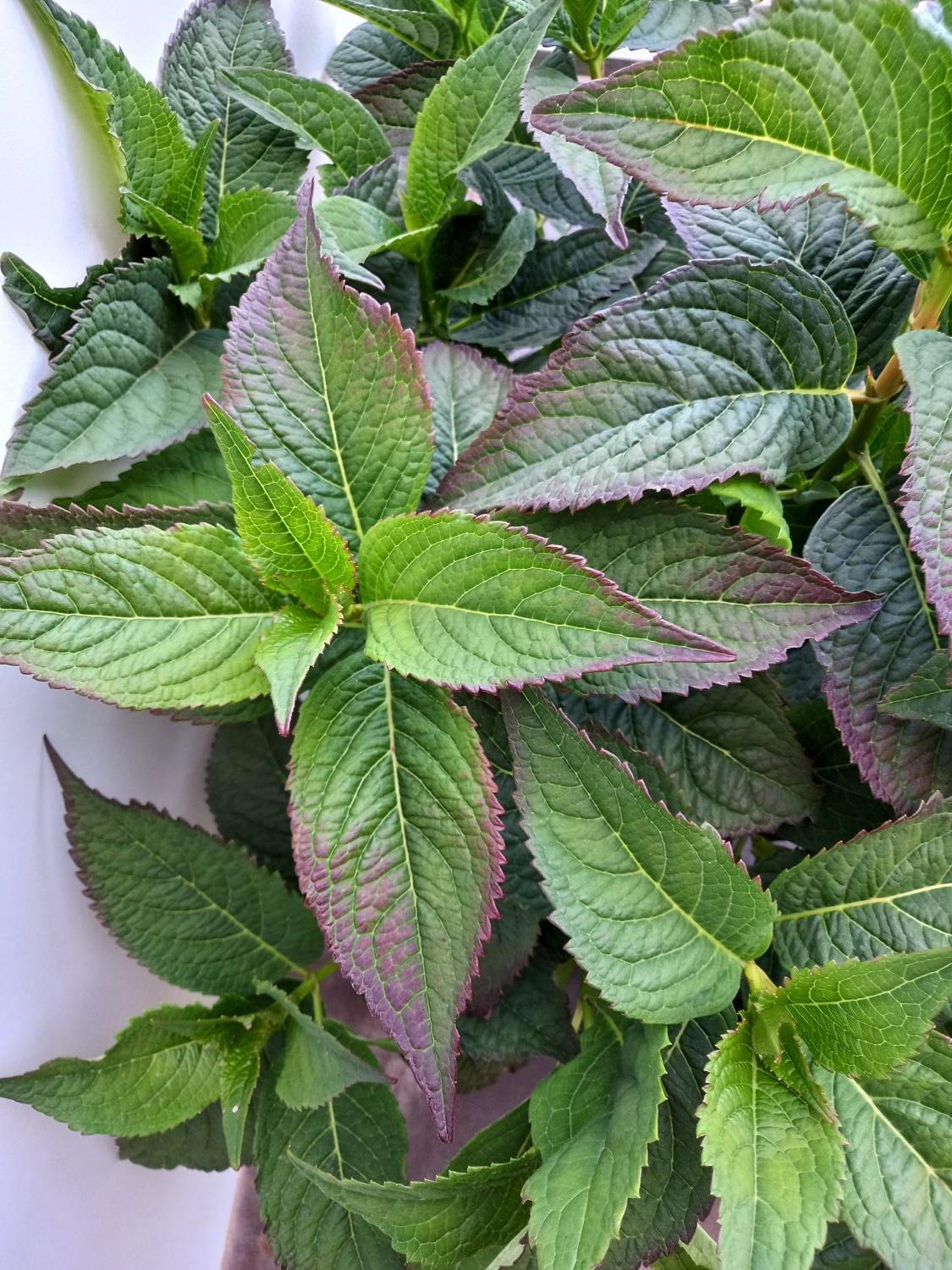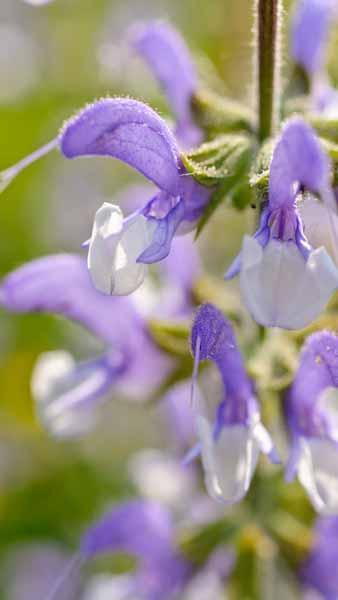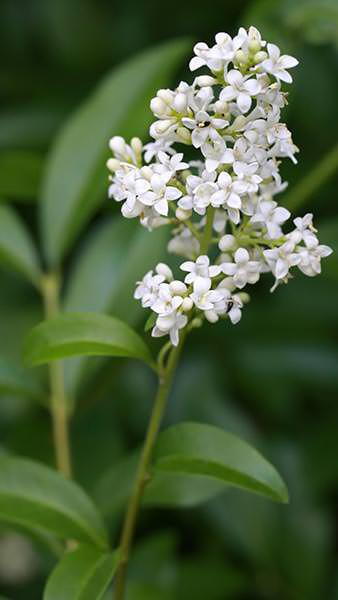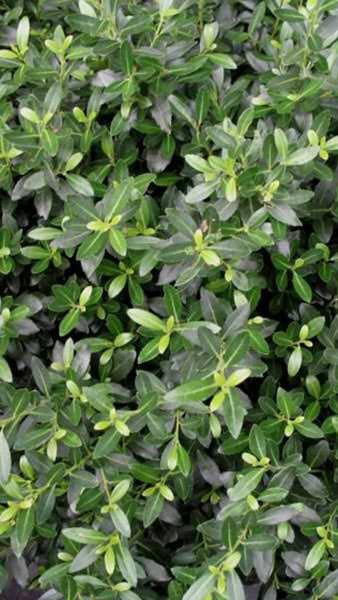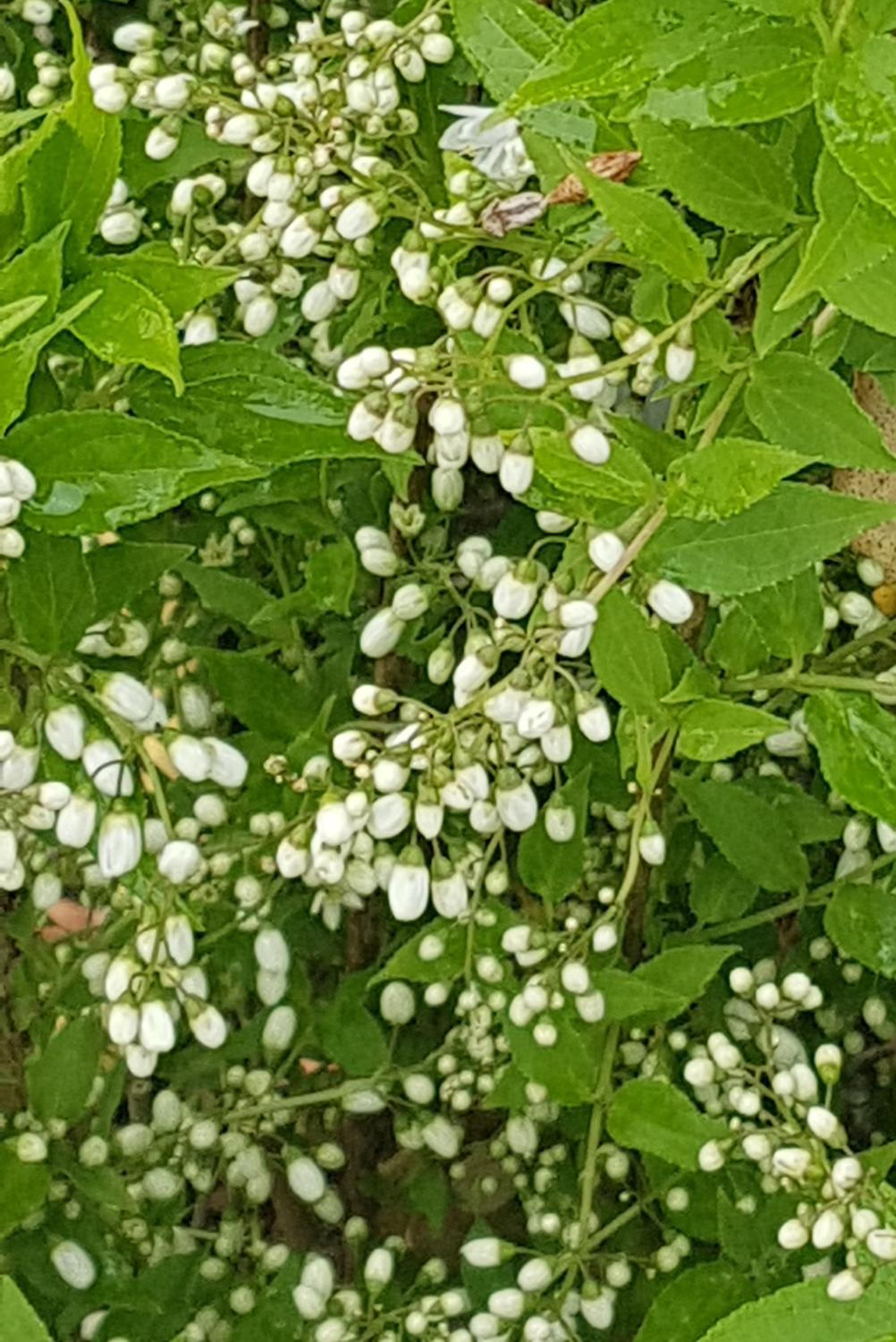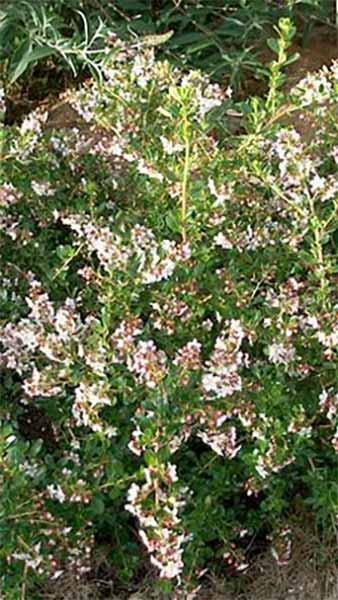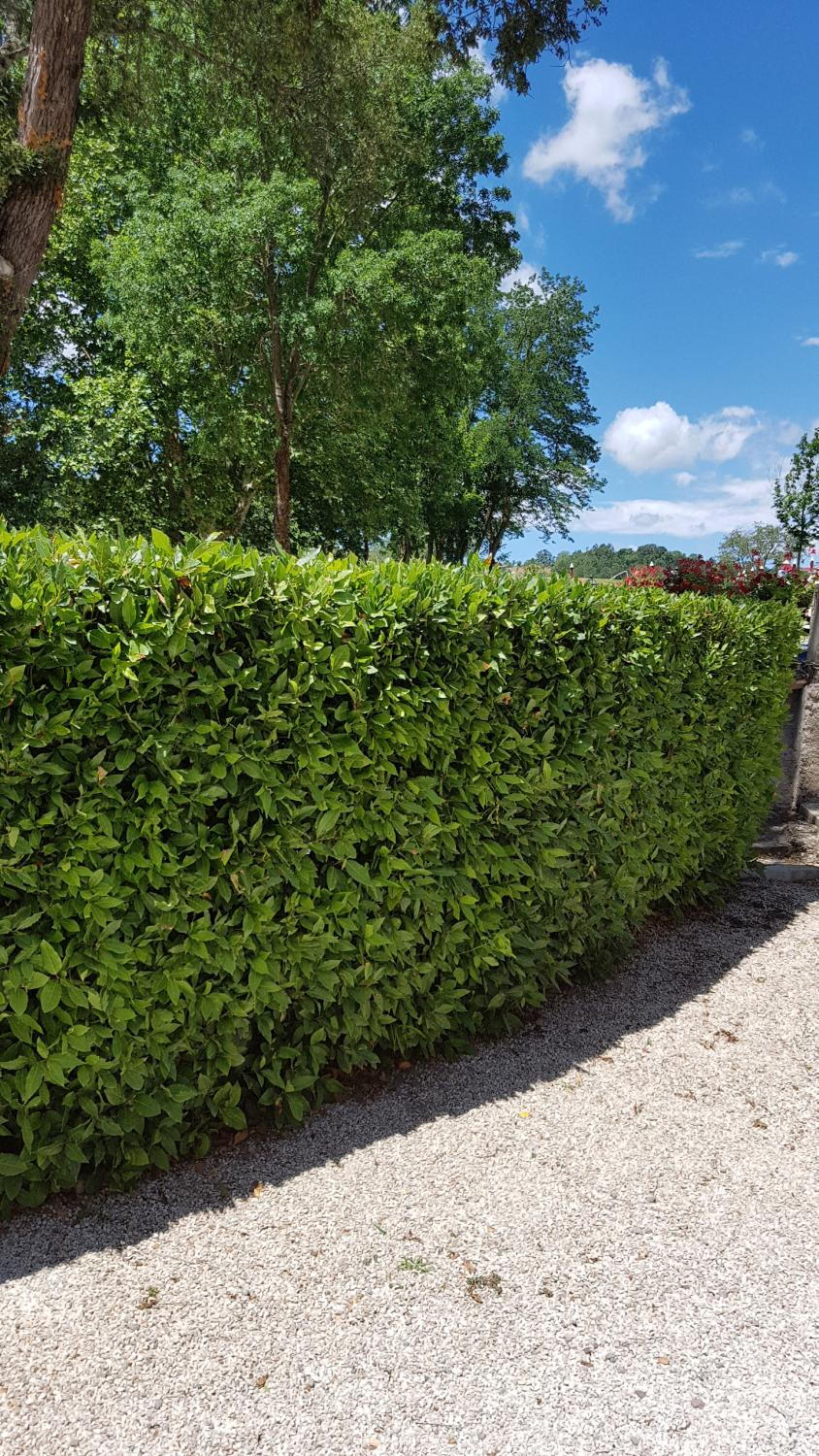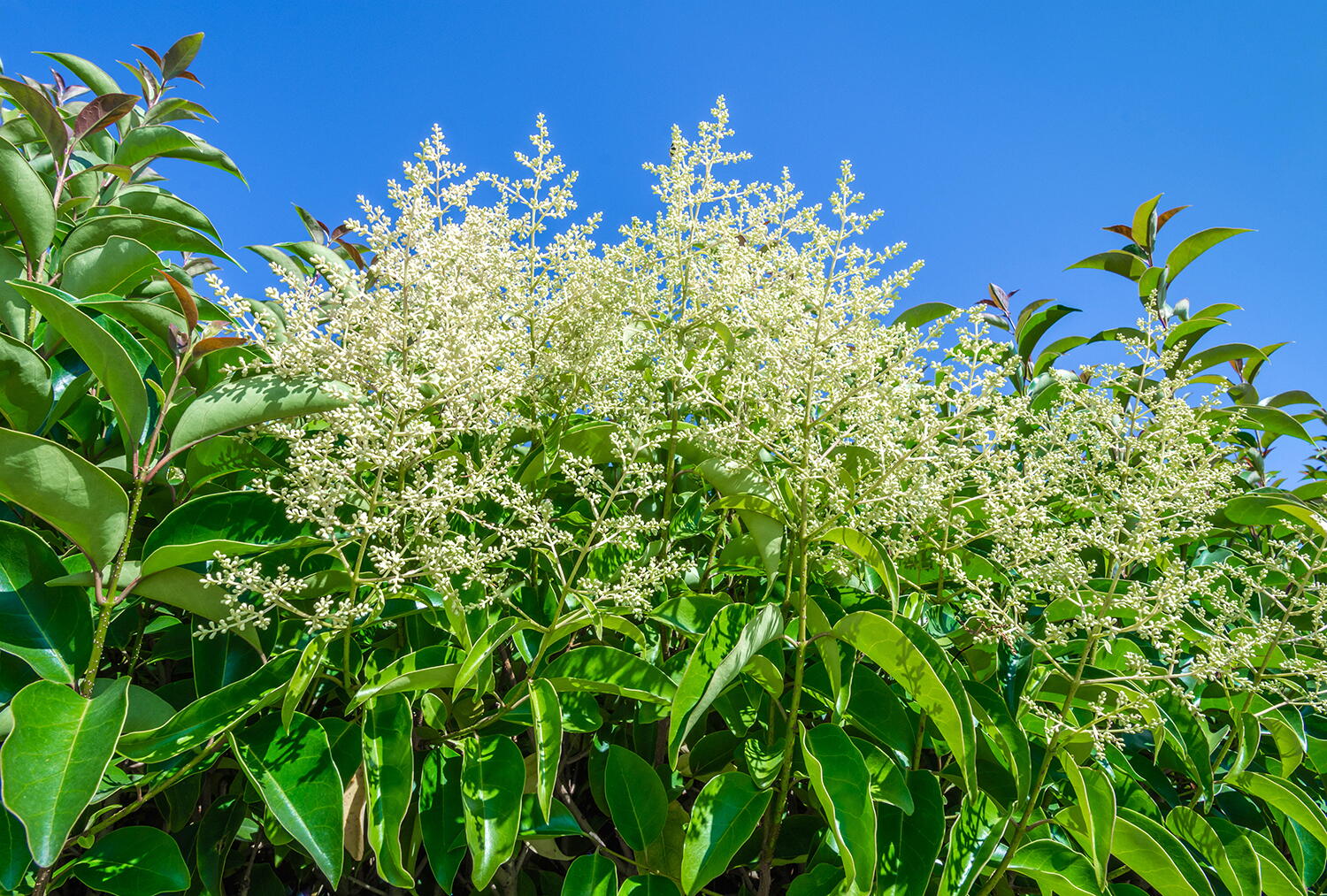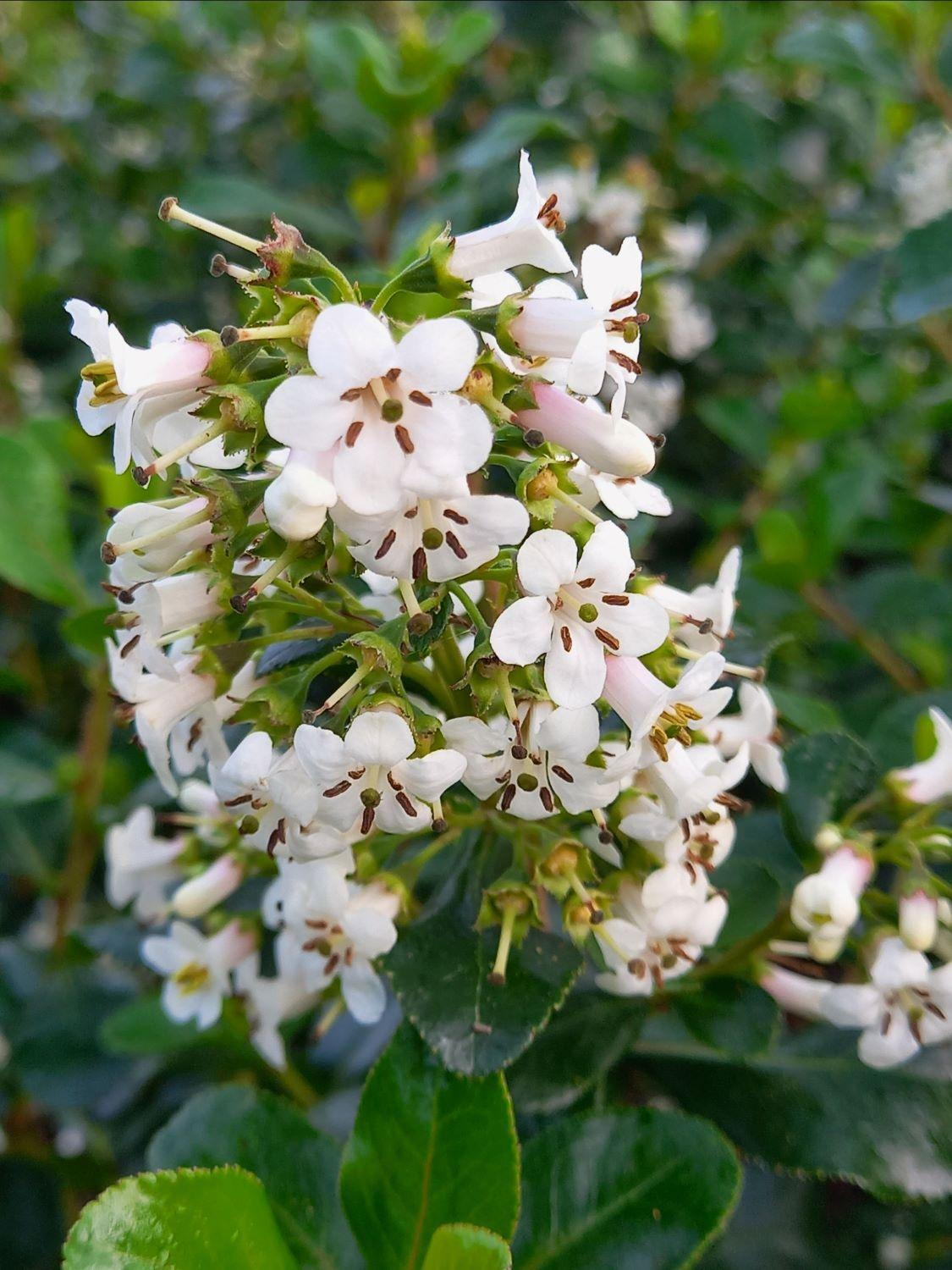Elaeagnus Ebbingei Maryline Oleaster Maryline Variegated
Elaeagnus Ebbingei Maryline or Oleaster Maryline, is a striking new cultivar of the evergreen Elaeagnus Ebbingei family which will be a valuable addition to your landscape plans. Selected in France around 2012, it was awarded the bronze medal at Plantarium 2015. Elaeagnus Ebbingei Maryline is still not commonly available in the UK, but we have it! This cultivar is distinguished by the variegated leaves, which have a creamy yellow centre with an irregular green edge, and a silver-grey underside. The bright yellow leaves become even more vibrant as the seasons go by, making it a standout shrub or hedging plant in the garden, especially from a distance. Small, fragrant white flowers appear from September to November, providing a late-season source of food for bees.Height and Spread of Elaeagnus Ebbingei MarylineElaeagnus Ebbingei Maryline will quickly grow to a mature height and spread of 2.5 metres.How Hardy Is Elaeagnus Ebbingei Maryline?Elaeagnus Ebbingei Maryline is hardy in most places throughout the UK, even in severe winters, but it may not do well in exposed sites in northern locations.How to Use Elaeagnus Ebbingei MarylineThe small size and striking appearance of Elaeagnus Ebbingei Maryline make it an excellent choice for a container planting for a roof terrace, balcony, courtyard or patio, where its evergreen variegated foliage and autumn blooms will make it a year-round performer. It can be used as part of a foundation planting or in a mixed border, and is appropriate for use in either a single-species or mixed hedge, being especially valuable as a screening plant with its dense, evergreen foliage.How to Care for Elaeagnus Ebbingei MarylinePlant Elaeagnus Ebbingei Maryline in full sun or partial shade in an exposed or sheltered position in well-drained soil sand, clay or loam soil with an acid to neutral pH. Avoid persistently wet soil in winter. Tolerant of aerosol salt and wind, it is a good shrub for coastal areas, and as it also tolerant of pollution, it will fit well into city gardens. Oleaster Maryline is deer-resistant, so it makes an excellent shrub for country properties. Once established it is drought-tolerant. It can be pruned to shape and size in mid to late spring.Whether used as a hedging plant, or as a single specimen in a container or mixed border, the variegated evergreen foliage of Elaeagnus Ebbingei Maryline will hold its own in your garden!
